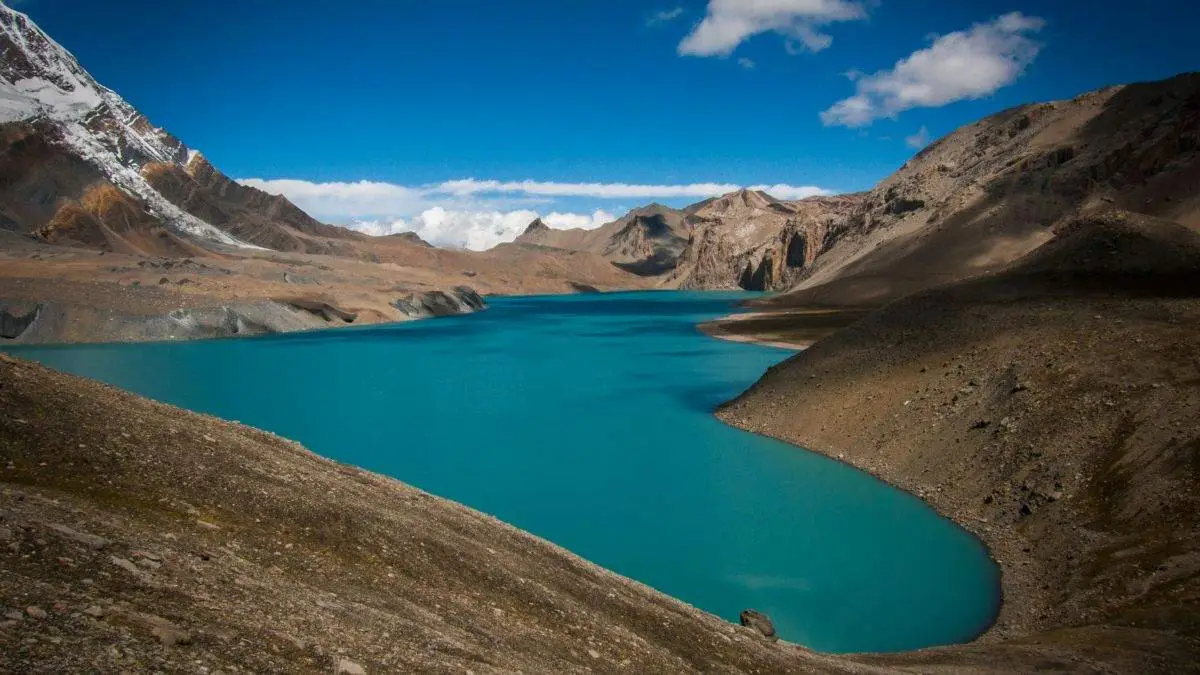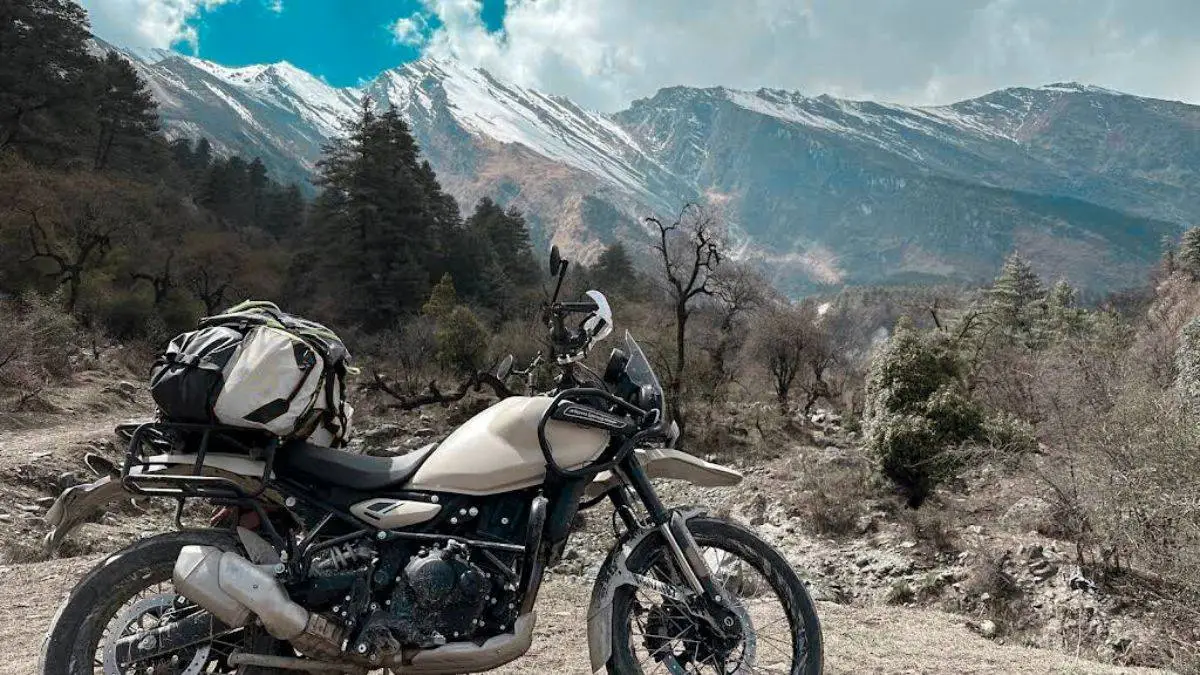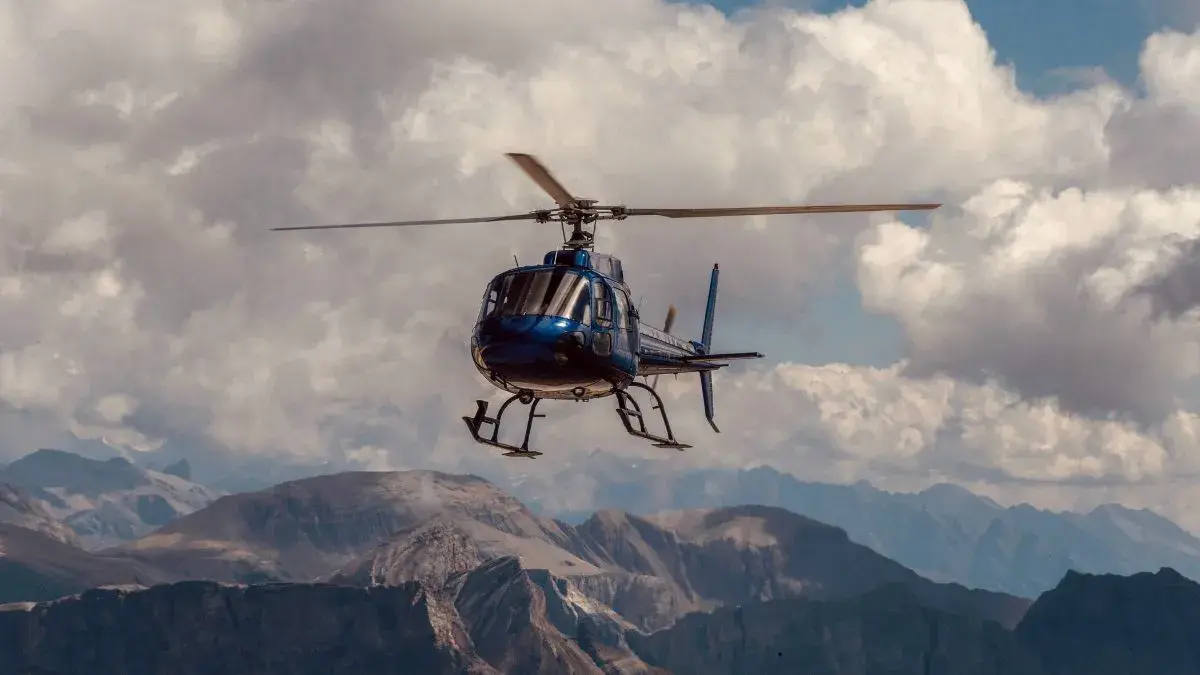Wonders of The Manang Valley
Explore our curated trips, showcasing the best of the The Manang Valley
Beauty of Manang Valley
Manang: A Wonder Valley of Nepal

Manang Trek
Where culture, altitude preparation, and landscapes converges your high-altitude sanctuary

Manang Motorbike Trip
Where dusty cliff roads, Himalayan winds, and high altitude silence collides

Manang Helicopter Tour
Where acclimatization meets altitude in minute with Manang’s high calm from the air
About The Manang Valley
The Manang Valley
Manang is right in the rain shadow of the Annapurna Massif. It's a high valley up at about 3519 meters. The place feels stark but full of life in its own way. Cliffs go straight up from the Marsyangdi River. Snow peaks seem close, like you could almost touch them. This landscape doesn't yell at you. It just hums along with the stone and the wind.
The first thing you notice in Manang is the stillness. Even the air moves slowly.
Villages such as Braga, Khangsar, and Manang cling to the ground. They're made from stone and timber. They huddle up against winds coming off the Gangapurna Glacier. Past the villages, there are terraced barley fields. Yak pastures stretch out too. Faint trails wind up toward Tilicho Lake or Thorong La.
The valley comes off dry, almost like a desert. But they make use of every bit of meltwater and sunlight. The peaks frame it all like some kind of crown. Annapurna II, III, IV, Gangapurna, and Tilicho stand jagged together.
Climb up to Ice Lake or Gangapurna Lake. You get it all up close. So immense. Down below, the Marsyangdi River cuts through old rock. It's a sign this place keeps changing.
The Annapurna Conservation Area
Manang sits way back in the Annapurna Conservation Area. That is Nepal's biggest protected spot. It covers more than seven thousand six hundred square kilometers of mountains and forests. There is even some highland desert in there. Conservation in this place does not mean everything is empty, though. It is about people and nature living side by side.
Folks farm and travel right there among the wildlife. You have Himalayan blue sheep and those big lammergeiers flying around. The Annapurna Conservation Area Project came up with a plan. They did not want to just fence off the wild parts. Instead, it aims to keep biodiversity going strong. At the same time, it helps the people who live there make a living.
Take a walk around Manang. You will spot that mix right away. There are old stone chortens next to modern solar panels. Prayer flags flap over the potato fields on the terraces. Yak trains go by with hikers carrying those bright neon packs. It all blends the old ways with the new ones. Practical stuff meets the sacred side pretty much all at once.
Best Seasons to Visit Manang
Spring (Mar-May): Clear skies, warm days, rhododendrons lighting up the lower slopes. Ideal for trekking and acclimatizing comfortably.
Monsoon (Jun-Aug): Lower trails can be slippery, but Manang lies in a rain shadow, surprisingly dry, with blooming wildflowers and fewer crowds.
Autumn (Sep-Nov): The most popular time. Stable weather, sharp visibility, and lively villages celebrating harvests and festivals.
Winter (Dec-Feb): Cold, silent, and pure. Trails are quiet, lodges thin out, but the clarity of light is unmatched.
The right season depends less on weather and more on temperament: spring for color, autumn for clarity, winter for solitude.
Culture and People of Manang
Manang's culture seems a lot more like Tibet's than anything in Kathmandu. People around here go by Manangi or Nyeshang. They have deep ties to trading stuff and herding animals. Their dialect is Manange. It's one of the oldest ones in Nepal. You hear it mixed in with Nepali. And some English too. Especially in those teahouses.
Life in the place balances practical things with spiritual ones. Pretty evenly. You spot many walls covered in prayers. Monasteries sit way up on ridges. Yaks hauling grain. Or salt loads. Festivals keep showing up like Yartung. It has horse races. And music right after harvest. Those old work-and-fun feelings. They still hang on strong.
Lots of Manangi families have kin living in Kathmandu or other countries, but they still feel super tied to the valley. Even with tourists around, they keep up traditions like grazing together, moving with the seasons, and doing ritual offerings.
Nature and Wildlife in the Manang Region
Manang's landscape teaches you how to adapt. Lower down, you'll still find some juniper and birch trees. If you go higher, plants turn into tough little bushes and mountain grass. It's dry and cold, home to blue sheep and Himalayan tahr, which you can often spot eating above the valley.
The birdlife is awesome. The Annapurna area has over 500 kinds of birds, like lammergeiers, Himalayan griffons, and snow pigeons. Every now and then, a snow leopard sneaks through the cliffs without anybody seeing it. You only know it was there from its tracks.
If hikers pay attention, even to small things like the lichens on rocks or pikas whistling, they will remember that life here is tough and not by chance.
Final Word
Manang isn't just about hitting certain altitudes or seeing cool sights. It's about finding a weird, calm happiness just by being in a place that doesn't have to show off. The wind whispers prayers from ancient walls. Horses gallop through dry fields when evening comes. The mountains don’t perform; they wait.
Manang has a way of slowing you down, whether you're hiking, biking, or just chilling in a teahouse courtyard, soaking up the sun. Respect the quiet vibes, tune into its rhythm, and you'll see that even after you go, a little piece of you stays behind in the valley's peaceful air, feeling lighter, calmer, and somehow more aware.
